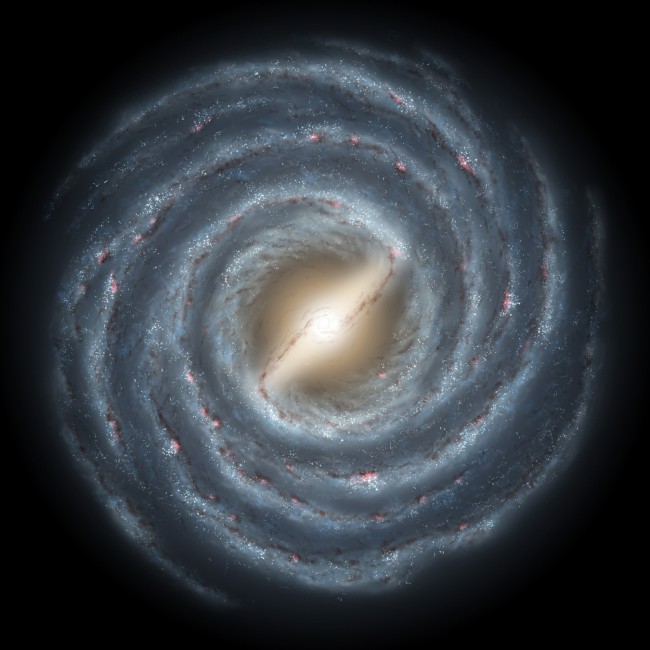June 1, 2016
An international team of astronomers has discovered a possible connection between the magnetic fields of supernova remnants and that of our own Milky Way Galaxy. The study, recently published in the journal Astronomy & Astrophysics, found that the orientation of supernova remnants can help astronomers understand the nature and shape of the magnetic field of the Milky Way Galaxy itself.
“This study has shown that some supernova remnants—ones that have a particular shape—are aligned with the galaxy’s magnetic field lines,” says Jennifer West, Faculty of Science, University of Manitoba, lead author of the study.
Magnetic fields play important roles in many astrophysical processes such as solar flares, stellar evolution, galaxy dynamics, and even the evolution of the universe. They also play a very important role in the dynamics of supernova remnants, which represent some of the most extreme environments in the universe, with conditions unlike anything we can duplicate on Earth.
In supernova explosions, particles are accelerated close to the speed-of-light and then speed through space as cosmic rays, some finding their way to Earth. The Earth is constantly being bombarded by trillions of these cosmic rays, with some of the highest energy ones coming from supernovae and supernova remnants. These can interfere with electronic equipment and be hazardous to people, particularly people flying in aircraft or living in space.
Supernova remnants are what’s left after stars explode, effectively blowing giant bubbles in the interstellar medium. Many supernova remnants are double-lobed astronomical objects that look like two facing hamburger buns, with the invisible “burger” axes aligned with local magnetic fields.
For this study, the researchers examined archival radio images of every known supernova remnant in the galaxy to compile a complete sample of objects with this double-lobed shape. Observations show that these axes point in different directions, astronomers were not sure if the orientation is random, caused by local effects, or whether the direction may be influenced by the Milky Way Galaxy’s own magnetic field. By comparing the orientation of the supernova remnants in the images with models based on simulations of the galaxy’s magnetic field, the astronomers found a connection between the supernova remnants and their environment.
Astronomers used a super computer in the Department of Physics and Astronomy at the University of Manitoba to create these models of supernova remnants. The appearance of the simulated supernova remnants depended on the orientation of the magnetic field lines for the direction of a particular remnant, and also differing distances from the Sun.
Samar Safi-Harb, West’s doctoral thesis advisor, notes: “West’s research further stresses the importance of studying supernova remnants, which not only host the heavy elements we are made of, but also help us understand the interplay between these fascinating objects and cosmic magnetism.”
West and her colleagues found that about 80 out of 300 known supernova remnants in the galaxy have the double-lobed shape and most of these (about 75 percent) have models that match the orientation for at least some distances along the line of sight. This gives some insight into the nature of supernova remnants and also helps refine our understanding of the galaxy’s magnetic field. Furthermore, this research helps astronomers understand how cosmic rays can journey to us on this “galactic superhighway.”
Read more at: http://phys.org/news/2016-06-milky-magnetic-field.html#jCp
Click here for the original Physorg article: http://phys.org/news/2016-06-milky-magnetic-field.html#ms

